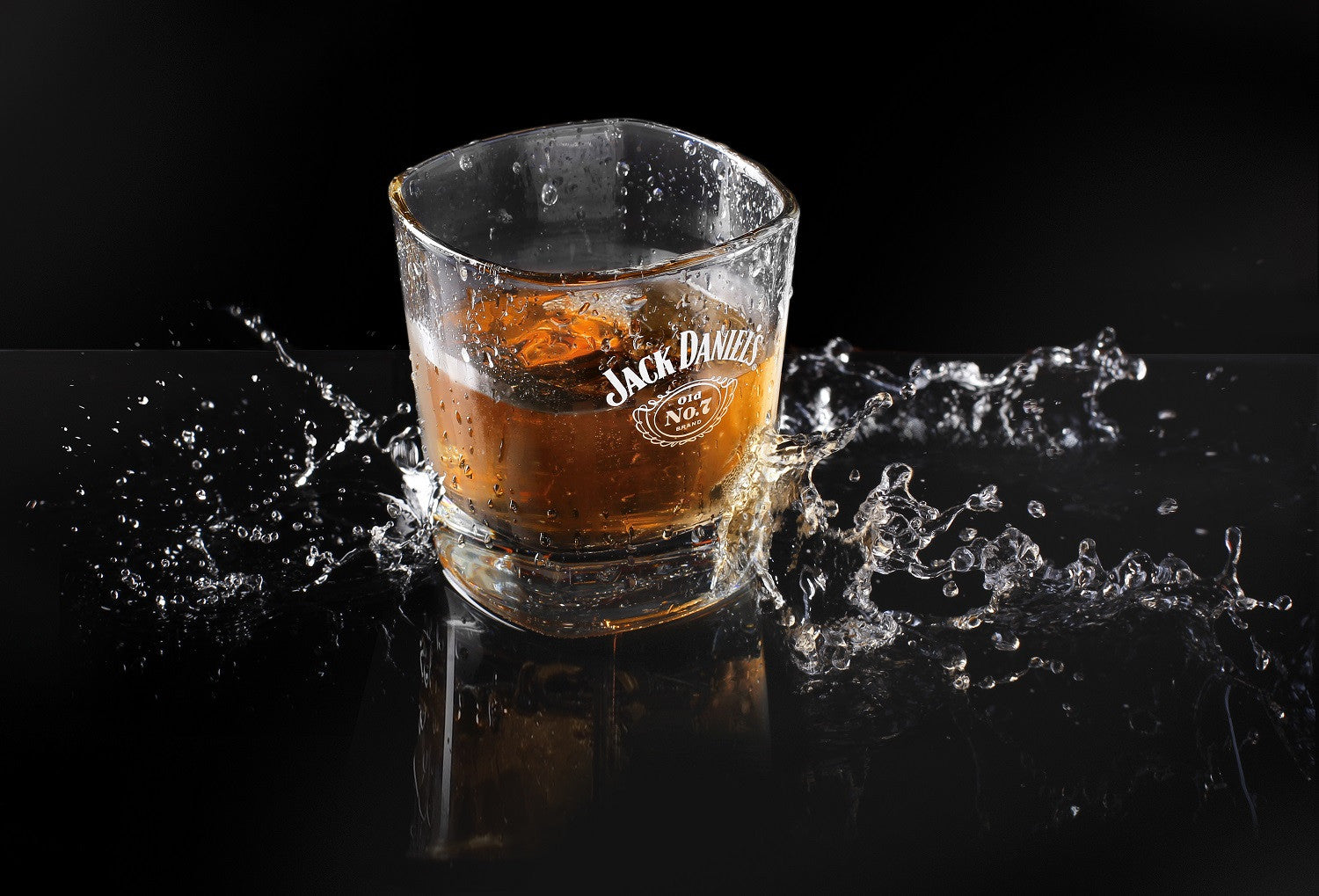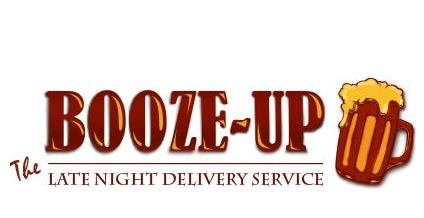The World of Whisky - your voyage of discovery

The world of whisky - your voyage of discovery
Think of whisky, and you think of your grandad (or your grandmother) having a ‘quick nip’ for medicinal purposes. Whisky has not found its way into many millennials’ drinks cabinets. That may be about to change as the popularity of whisky around the world starts to grow rapidly.
Consumers are broadening their horizons, and many new distilleries are opening up. The new generation of whisky distillers are embracing innovative new techniques alongside traditional methods. Scotland will always be the home of whisky, and it is a major part of the country’s heritage. However, there is a lot more to whisky than its Scottish association. You can take a voyage around the brave new world of whisky production and make some surprising discoveries.
American whiskies
You cannot take in a whisky tour without visiting the United States of America because it is one of the world's largest whisky producers. Of course, it didn’t start off there! It was introduced by immigrants from Scotland and Ireland in the 1700s. These innovative settlers used the different climatic and soil conditions to produce a new version of their traditional drink. The process of mixing different grains together during the mashing process has evolved over the centuries. American whisky is now very different to that produced in Scotland and Ireland.
- Bourbon whisky. Originating in Bourbon County in the state of Kentucky, bourbons are manufactured from at least 51% corn (maize) mash and are distilled to below 80% ABV (alcohol by volume). Maturation of bourbon whisky takes place in new American white oak barrels for at least two years. The natural oils (vanillins) in white oak provide the distinctive combination of vanilla and woody flavours. There are absolutely no colourings or flavourings. A famous example is Jim Beam.
- Tennessee whisky. For Tennessee whisky, the composition of the mash is very similar to bourbon. However, Tennessee whisky is only produced in the state of Tennessee. Also, it is filtered through charcoal after distilling. A very particular type of charcoal is prepared for this process – it is made from wood from the sugar maple tree. The process takes ten days and then the whisky is matured in the same way as bourbon whisky. A well-known example is Jack Daniels.
- Corn whisky. When settlers first started distilling whisky in America, they used corn or maize because they were the easiest to grow. The mashed mixture must consist of at least 80% corn if it is to be called a corn whisky. It does not have to be aged, but if it is, this is usually for less than six months and is carried out in regular wooden barrels or barrels previously used to mature bourbon.
- Blended whiskies. As the name suggests, these are a mix of several different types of whisky. They are a cheaper alternative to the other whiskies. A small amount of bourbon or rye whisky (around 20%) is blended with neutral spirit.
Japanese whiskies
Did you know that the Japanese are the world’s third largest producers of whisky? They produce less than the Americans and the Scots but more than the Irish! Japanese whisky is gaining a worldwide reputation and is starting to win awards including the Best Single Malt at the World Whisky Awards in 2008. Whisky distillation in Japan dated back to the 1920s but did not boom until the 1970s and early 1980s. A slump soon followed which was blamed on cheap imports from Scotland, Ireland and America and high Japanese alcohol taxes. There has recently been an upturn in the fortunes of the Japanese whisky industry which is mostly exported. Japanese whisky contributes to 5% of all worldwide whisky sales. Malted barley is from Scotland, and Australia is used, and the whisky is distilled twice in pot stills. Maturation takes place in imported oak/ bourbon casks (from America or Scotland) or in sherry casks from Spain. Alternatively, casks made from Japanese oak (called mizunara) are used. The Japanese climate is characterised by very warm summers and very cold winters which matures the whisky faster.
European whiskies
It’s not surprising that Europe is a strong market for whisky as it is so close to Scotland! However, most European producers are small and have previously distilled other spirits such brandy and vodka. Others still focus on these products and just occasionally produce a batch of whisky.
As yet, the number of European producers is very small. It is not cheap to set up a new distillery, and this can act as a barrier. The distilling equipment and production facilities are very expensive as are the raw materials. Whisky is a product that takes a long time to produce because of the maturation process. It takes a long time to get a return on your investment!










